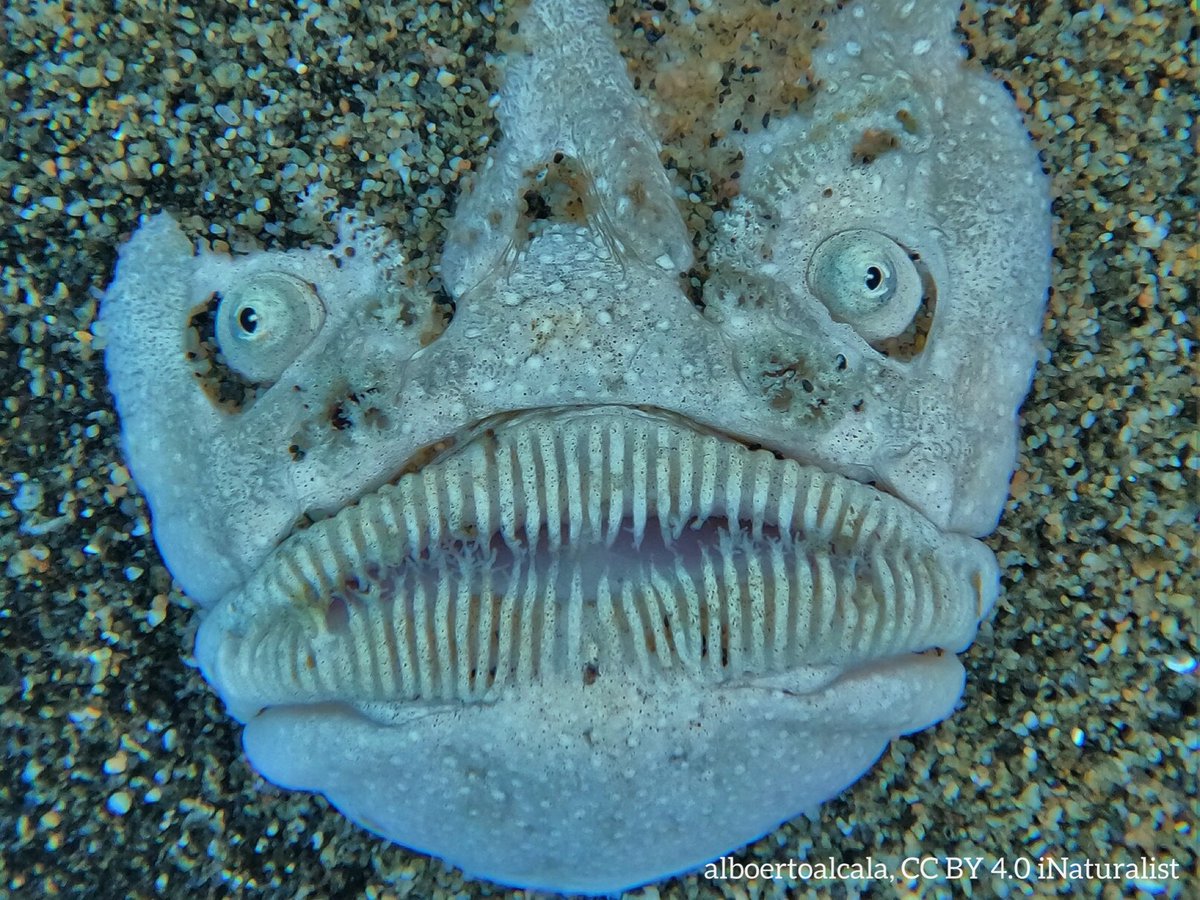
American Museum of Natural History
@AMNH
The American Museum of Natural History is one of the world's preeminent scientific and cultural institutions. This is not a monitored account.
🦈 It's #SharkWeek, so smile like the Port Jackson shark! Unlike many sharks, which have slicing blade-like teeth, this critter has small pointed teeth in the front and broad flat ones in the back—perfect for grasping, grinding, and crushing prey like mollusks and crustaceans.
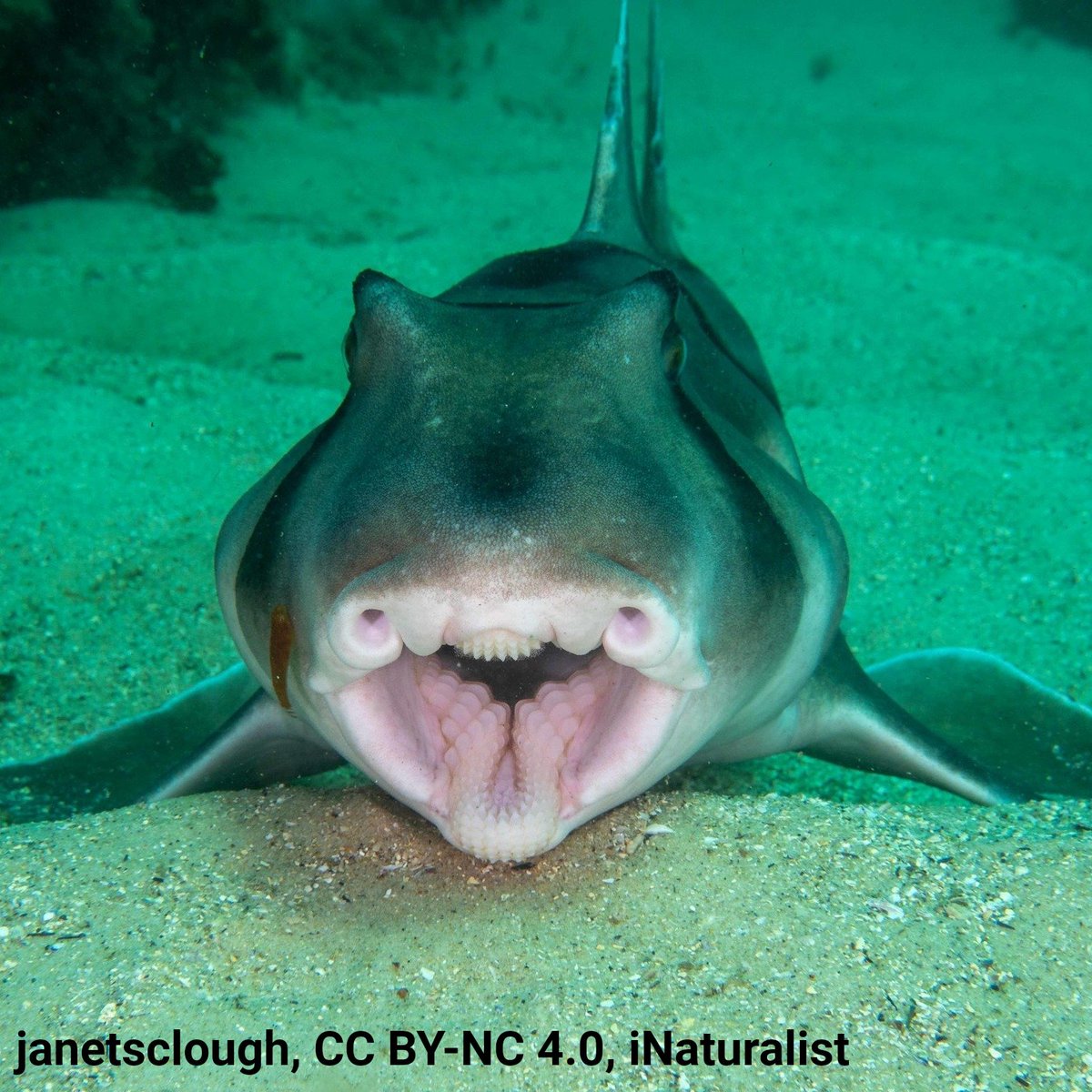
👂 The magnificent ears of a black-tailed jackrabbit can measure 20 percent of the animal’s entire body length. If this ratio applied to humans, an average person's ears would be 13 in (33 cm) tall! Large ears release heat, helping this hare cool down in its arid habitat.
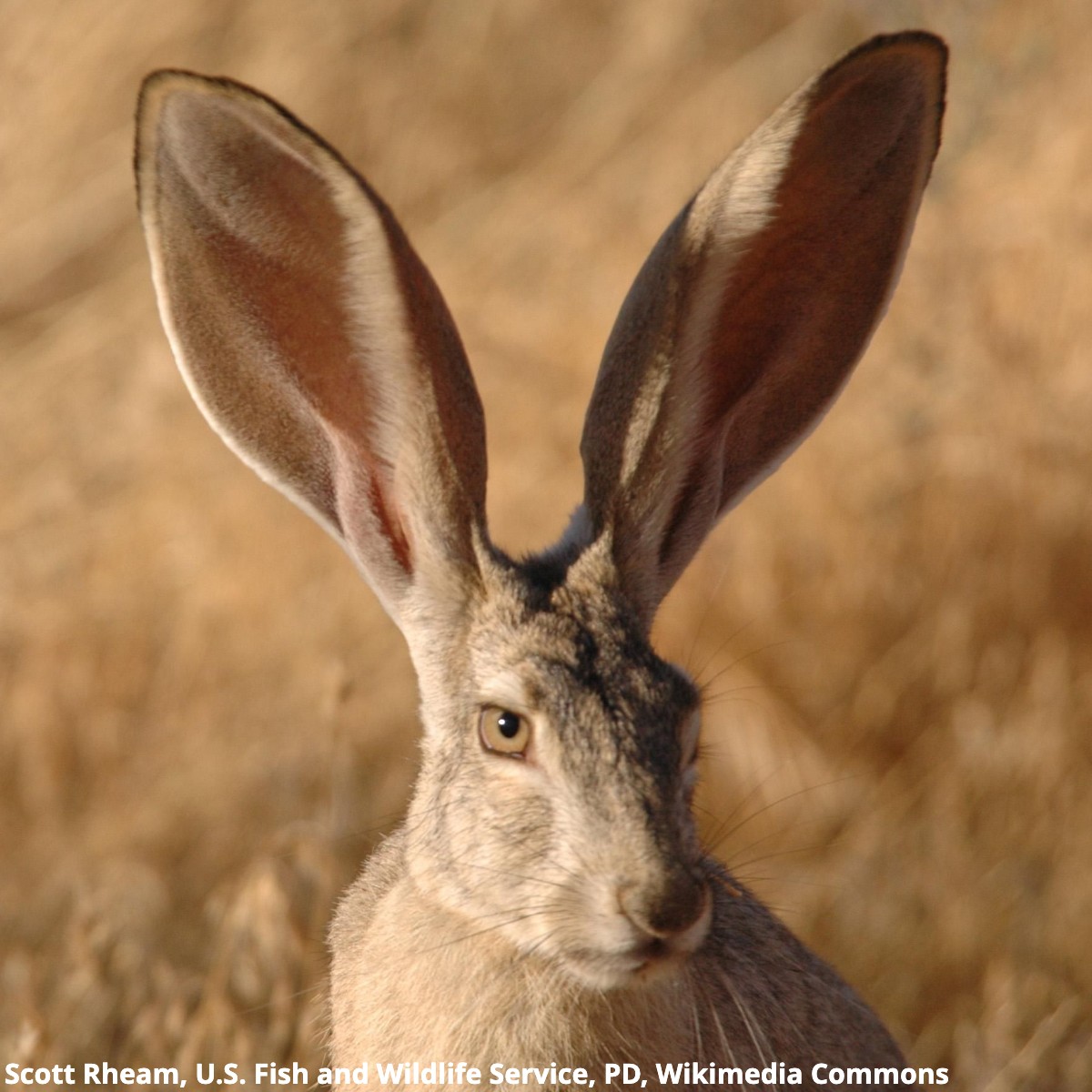
Behold the cockscomb nudibranch, aka the “Santa Barbara nudibranch.” Growing ~1.97 in (5 cm) long, this tiny burst of color can be found off the coast of California. Like other nudibranchs, this shell-less mollusc breathes through the branch-like gills on its back.

🌈Feast your eyes on the dazzling colors of the rainbow leaf beetle (Chrysolina cerealis)! While this insect is widely distributed across Europe, it’s seldom seen. Growing up to 0.5 in (1.3 cm) in size, it feeds on plants including ivy, roses, & thyme.
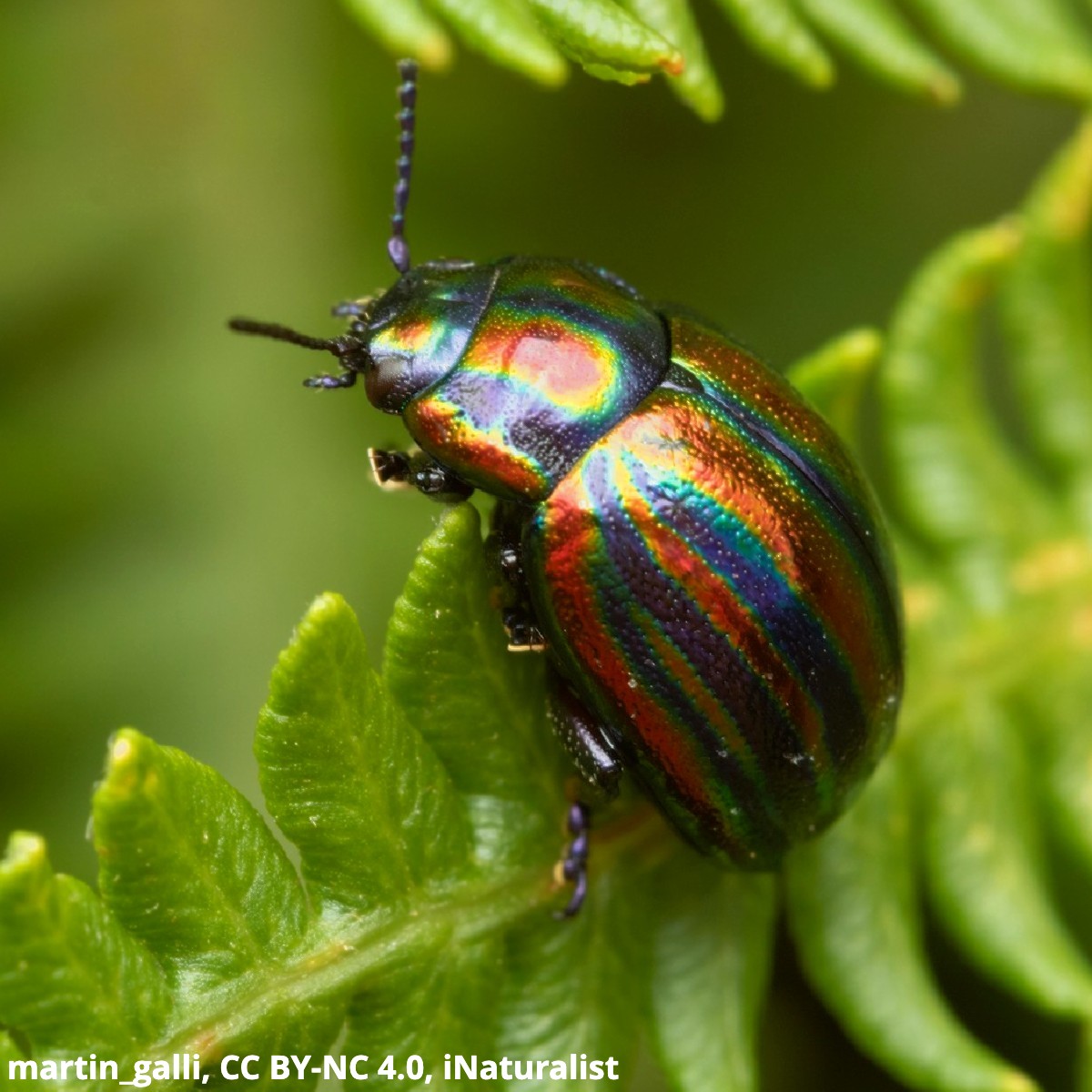
It's Trilobite Tuesday! Pictured is a 2-in- (5-cm-) long Bumastoides from Wisconsin’s Platteville Formation. Partial specimens of the Ordovician trilobite are relatively common finds at this locale, while fully articulated examples, like this one, are exceedingly rare.

🤔All cheetahs have spots… or do they? When scientists first observed the "king cheetah," it was thought to be a new species. Today, we know that its striped patterning is actually the result of a genetic mutation. Only a handful of these cats have ever been seen in the wild.
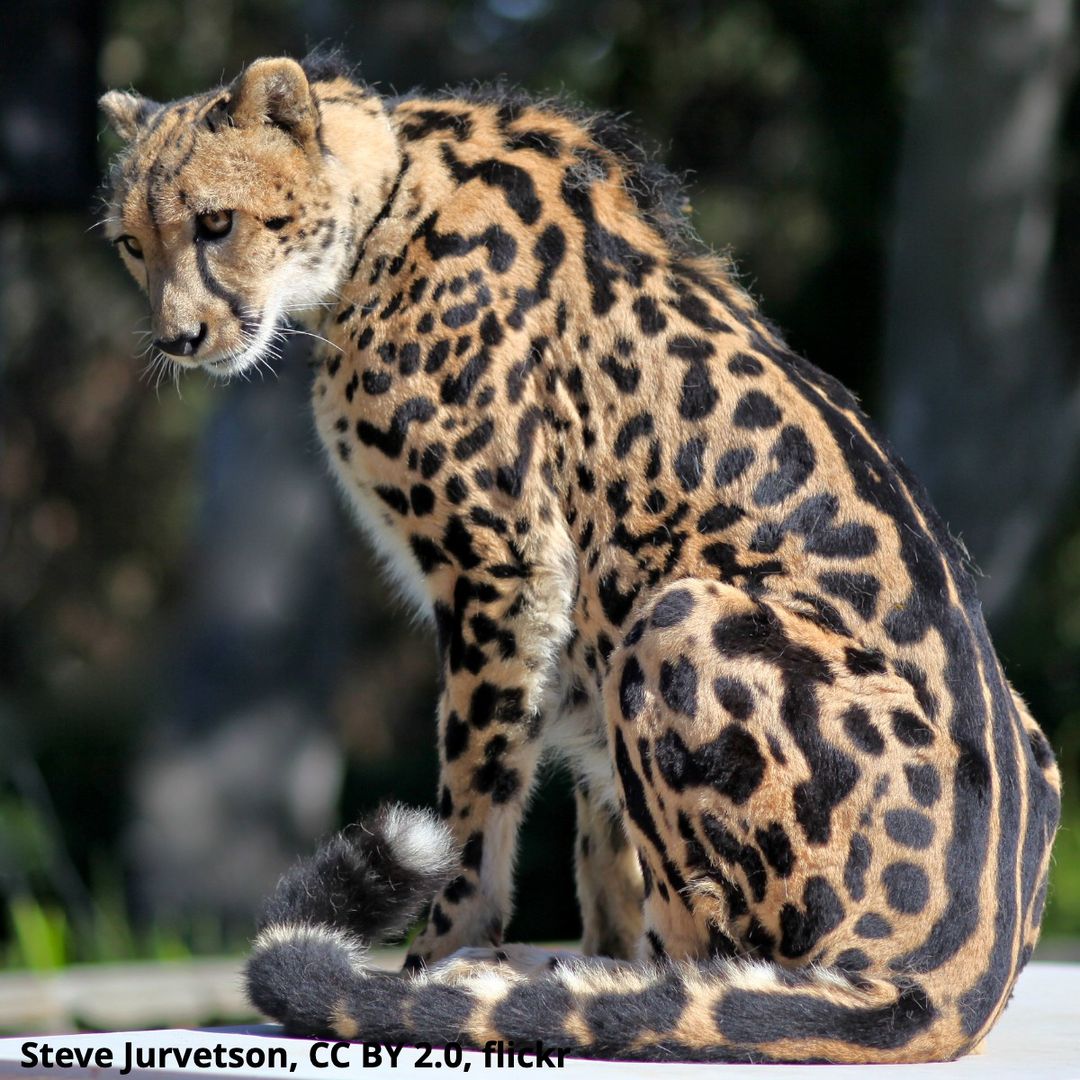
Today’s Exhibit of the Day? 🐛🐞🐜 The Museum’s Life on the Forest Floor Diorama. To create this up-close look—full of decomposing debris and hungry critters—Museum artists studied specimens under a microscope and then created models 24x larger than life!
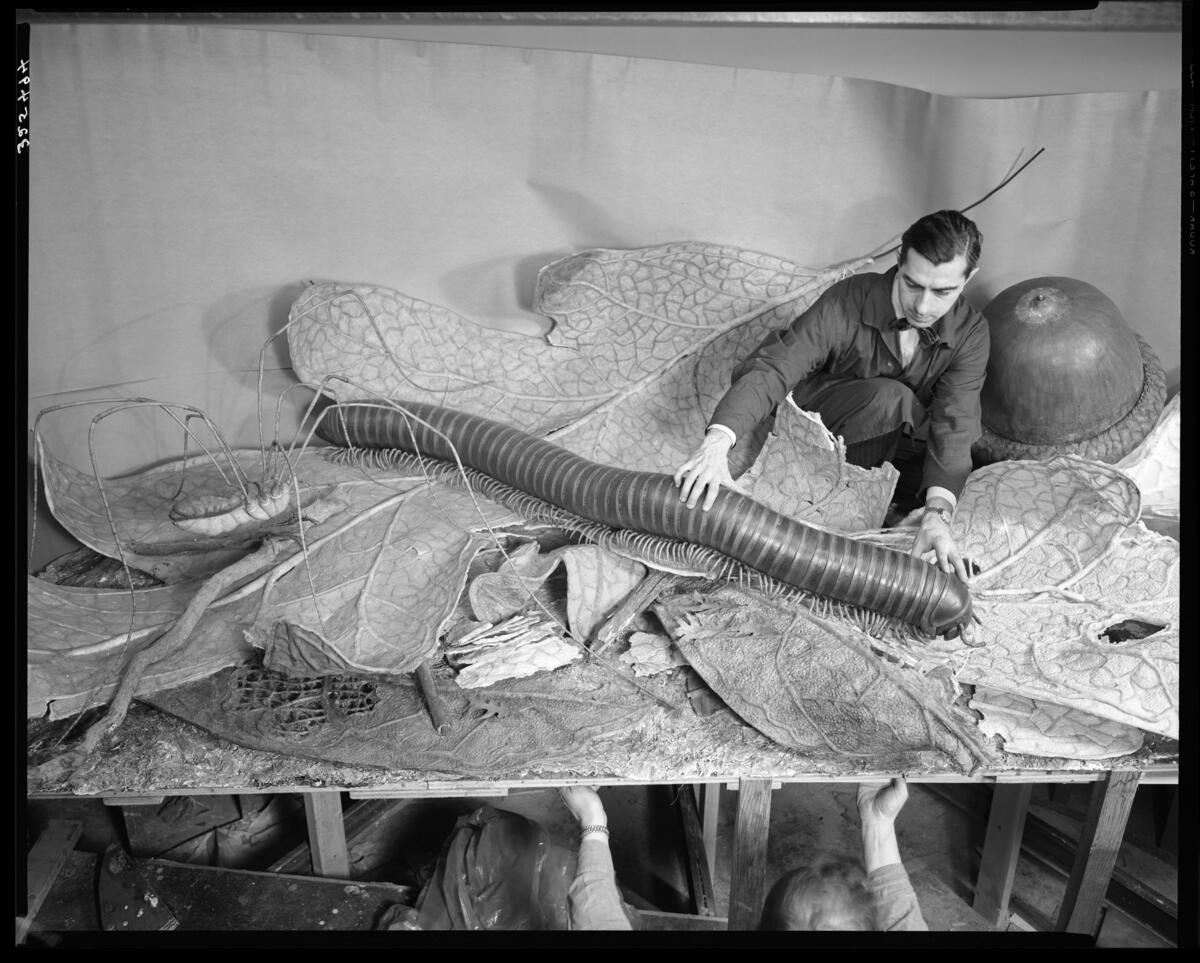
🚀 Ever since the Big Bang, everything in the universe has been in constant motion—including constellations in the night sky. Join Curator Jackie Faherty as she discusses how the motion of the stars around us, and even our position in the Milky Way galaxy, will change! ⬇️…
Meet the northern walking stick—a master of camouflage. Its color and shape fool predators into thinking it’s an inedible twig. In fact, its camouflage is so thorough that its eggs resemble tiny seeds!
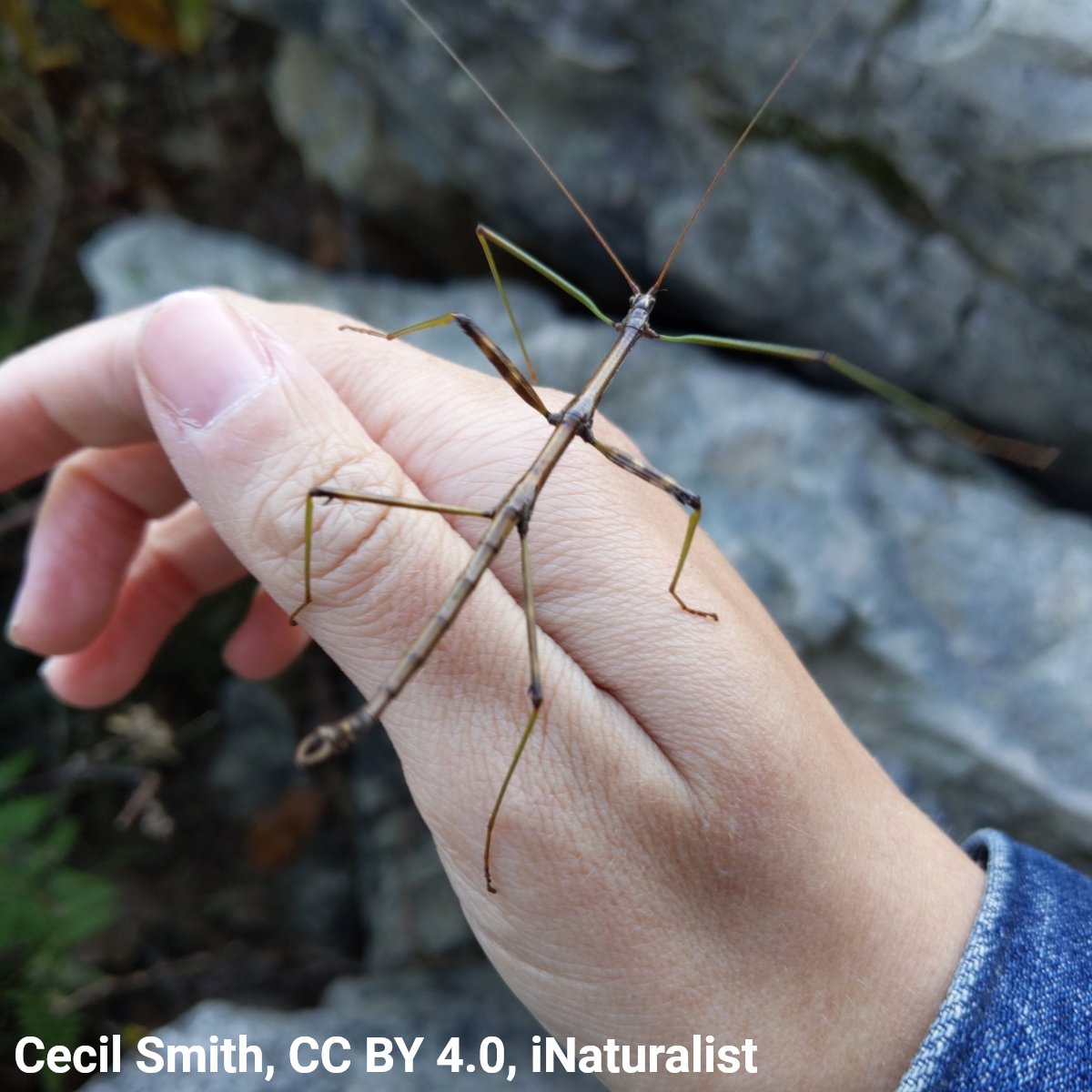
What does the gundi do for self defense? When frightened, it plays dead! Entering a trance-like state, this northern African rodent freezes, lays on its side, & stops breathing—sometimes holding its breath for a full minute. Scientists think "playing possum" confuses predators.
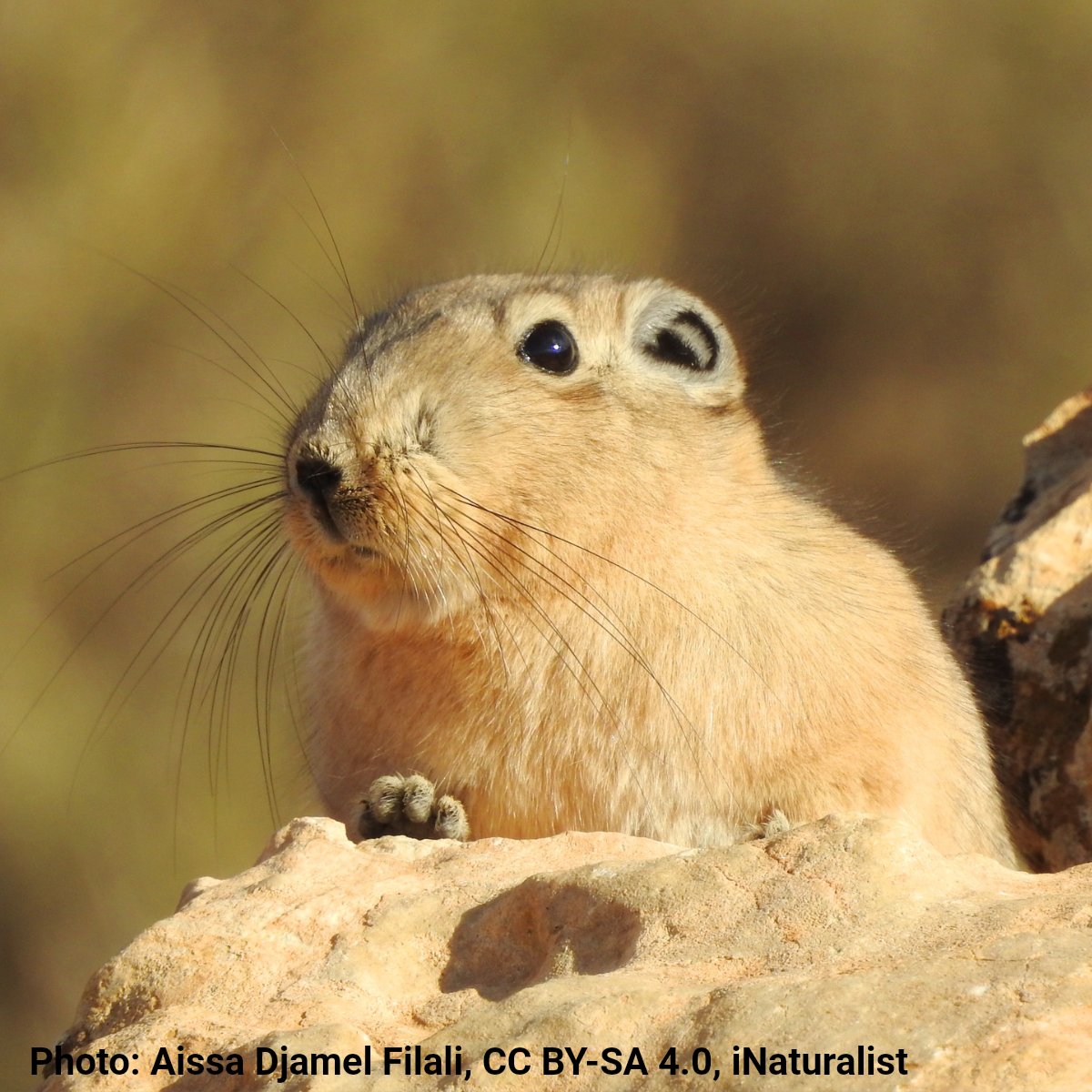
Bald is beautiful, just ask the Northern Bald Ibis! Scientists think its featherless face, neck, & throat help regulate this bird’s body temperature. The bare skin may assist in releasing some of the heat that its dark plumage is prone to absorbing.
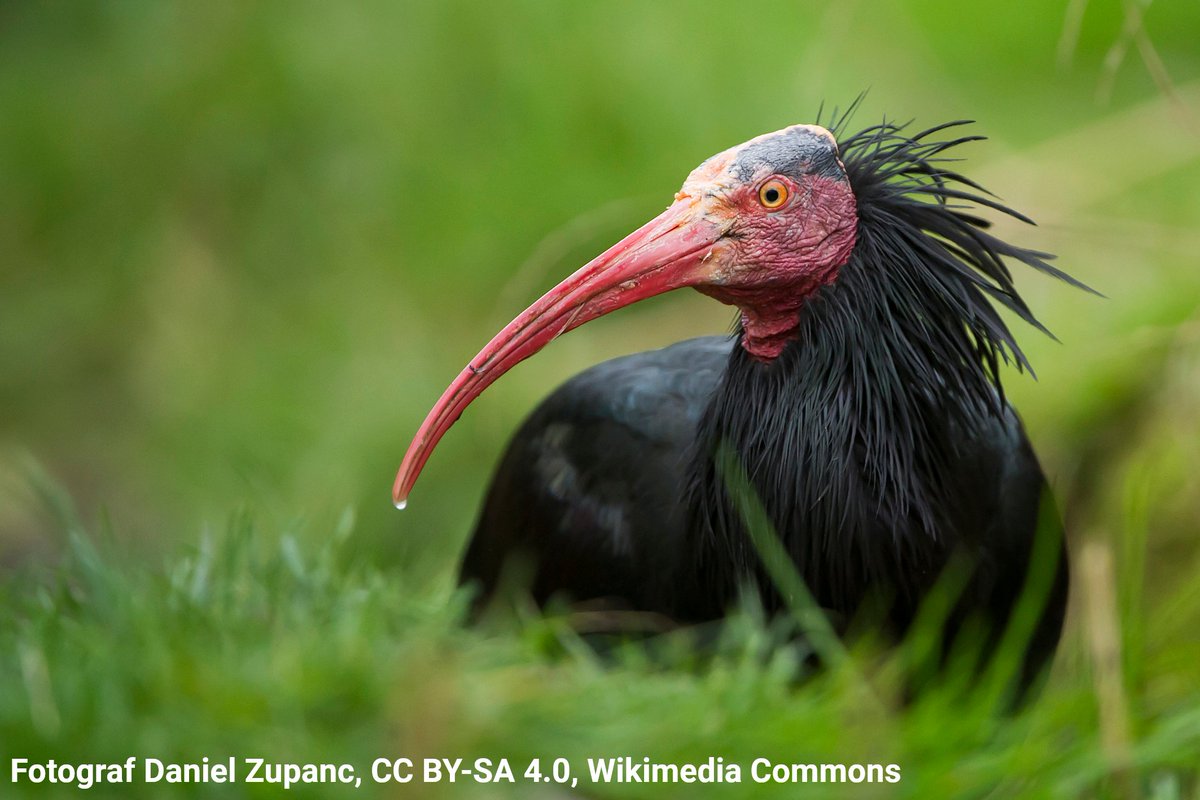
Have you ever seen a tropical gasflame? 👀 This colorful critter is a nudibranch. Notice the tentacle-like structures on its body? They’re called cerata: Nudibranchs use them to store stinging cells from prey like jellyfish, converting their meals into a form of self defense.
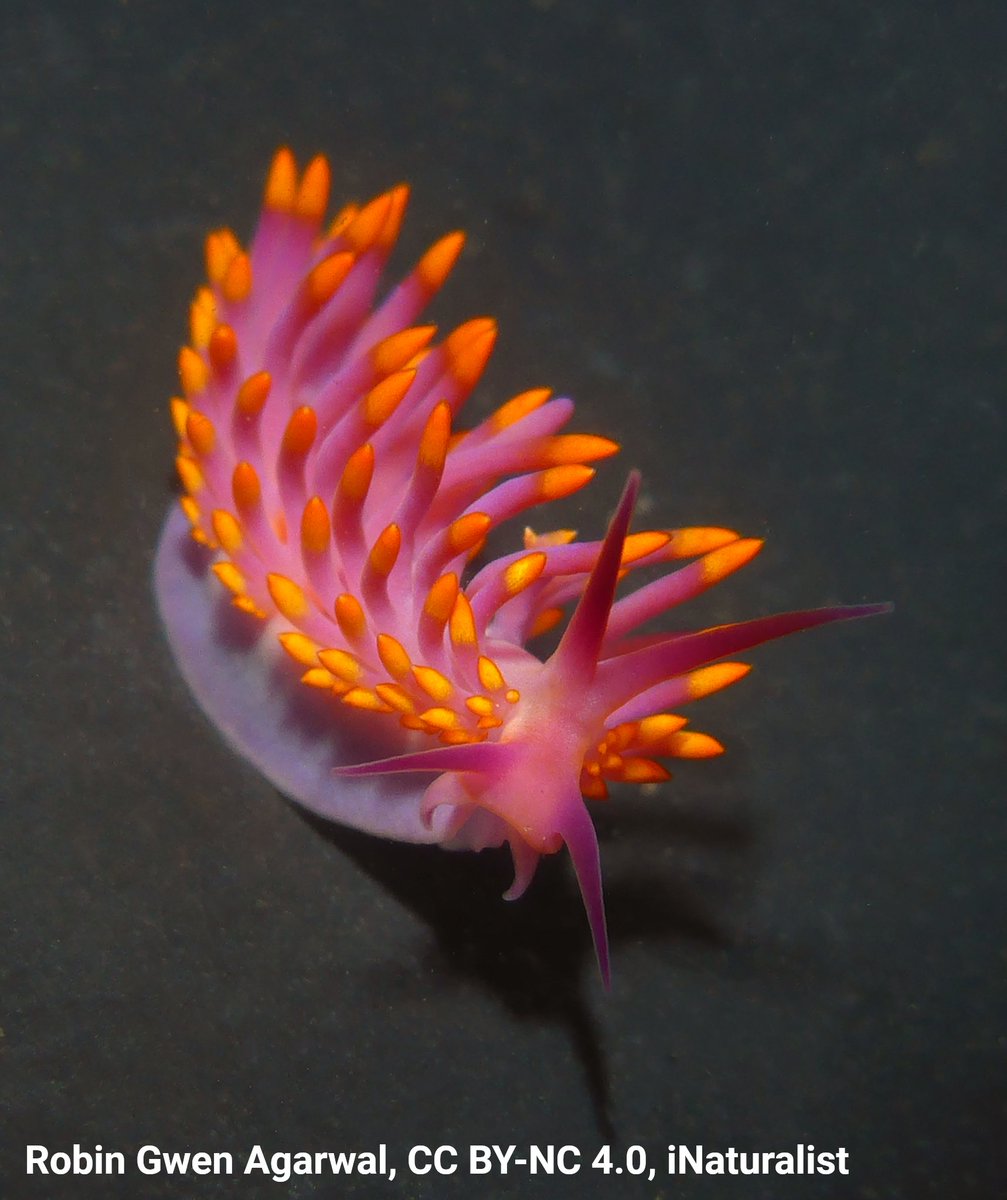
It's Trilobite Tuesday! New 3D scans of Ceraurus pleurexanthemus show that trilobite heads were made of semi-independent modules—and the eyes played a key developmental role. Read more from RGGS Comparative Biology Ph.D. grad Ernesto Vargas-Parra + Curator Melanie Hopkins:…

Meet the dhole. This Asian canid typically lives in groups of ~12 individuals—sometimes socializing with other groups to form “super packs” of 30+ members. Teamwork enables them to hunt prey 10x their size. Dholes also allow their pups to feed first on kills.
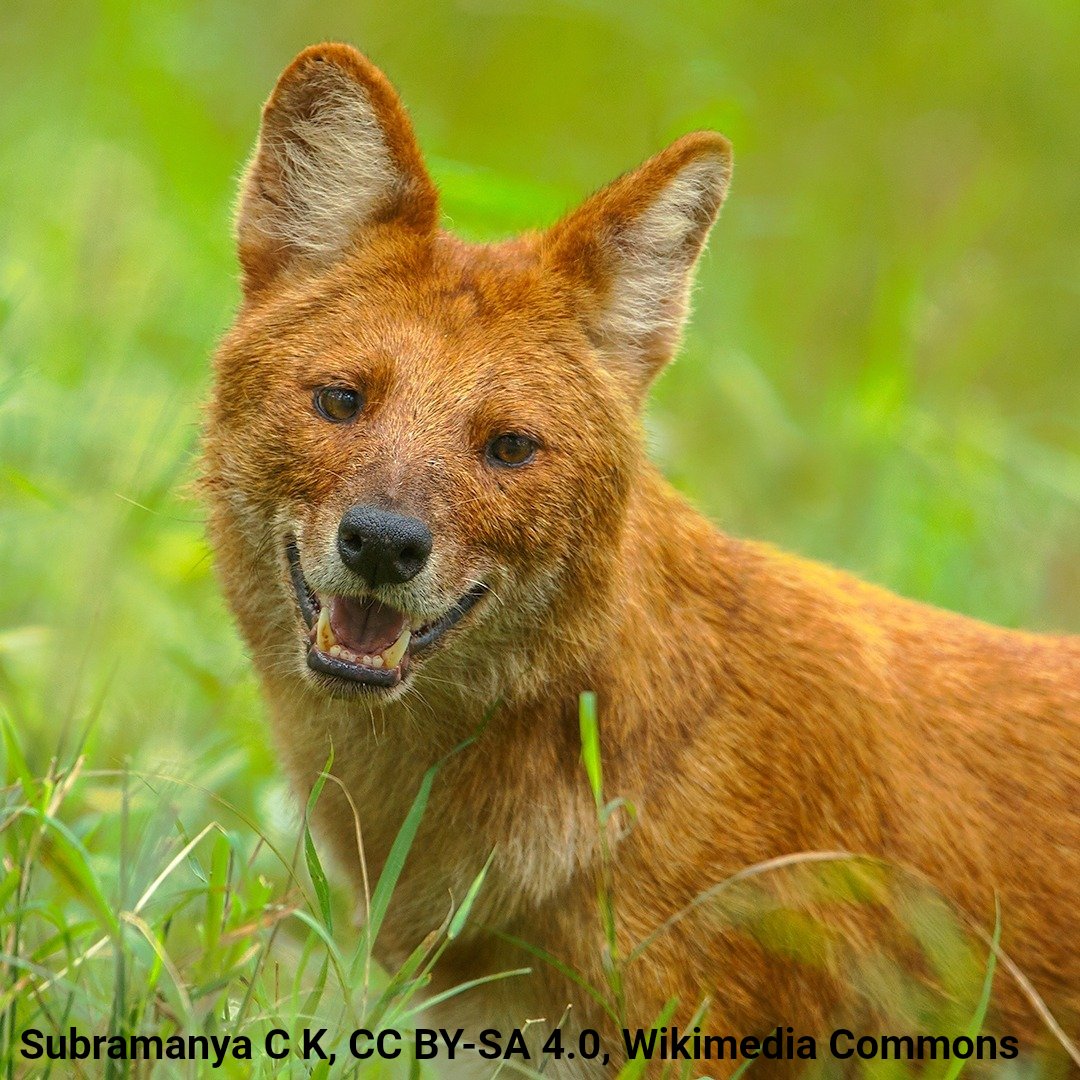
Have you ever seen one of these at the beach? Also known as “sand crabs” or “sand fleas,” Pacific mole crabs migrate with the tides, feeding on plankton brought in by the waves. These critters use their back legs to get around, and they burrow backwards, too.
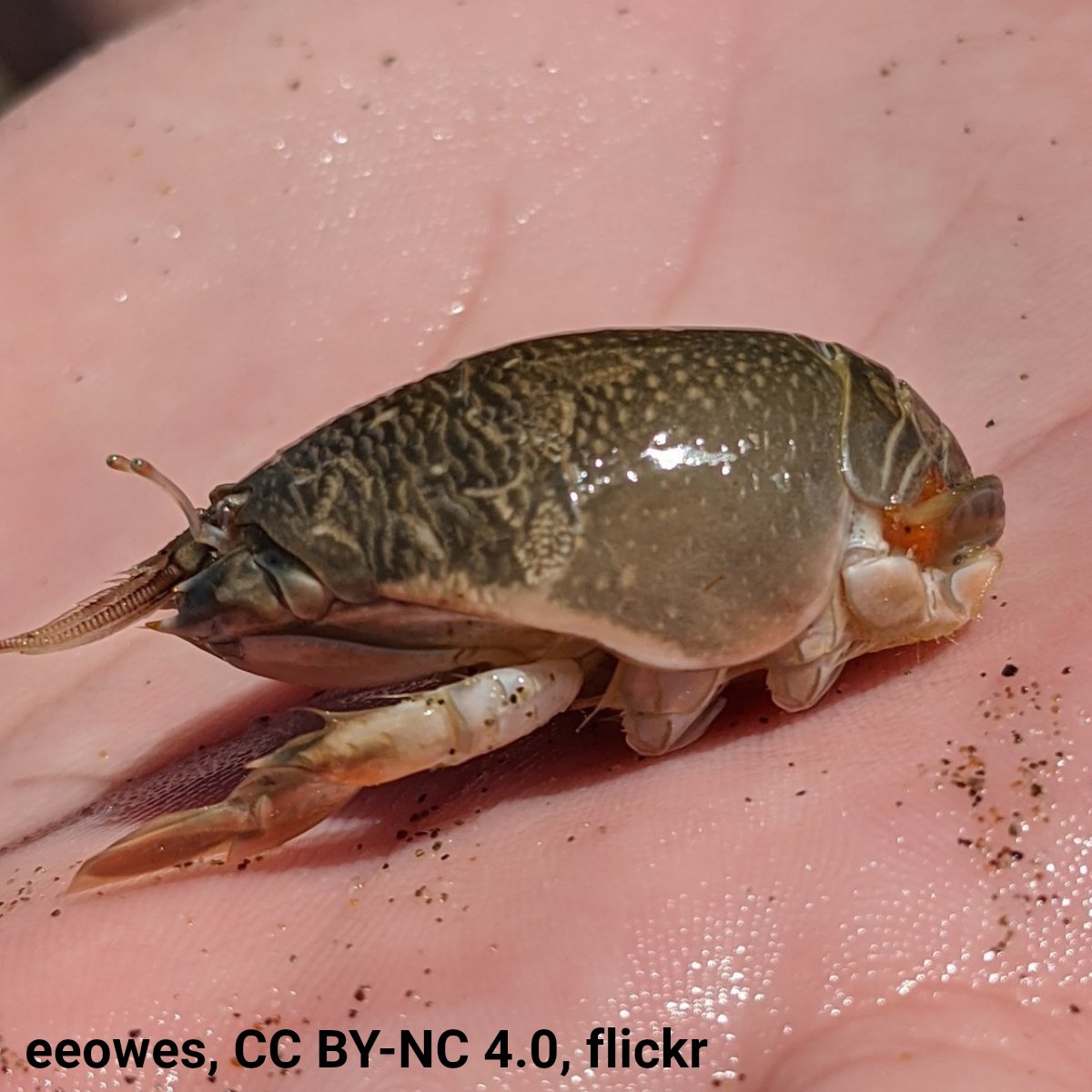
My my… what big teeth you have! Meet the Pacific stargazer, an ambush hunter spends most of its life buried beneath the sand. Its upturned face allows it to see even when most of its body is concealed. And? It's capable of stunning prey with electrical shocks of up to 50 volts!
